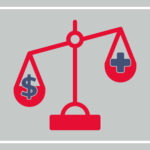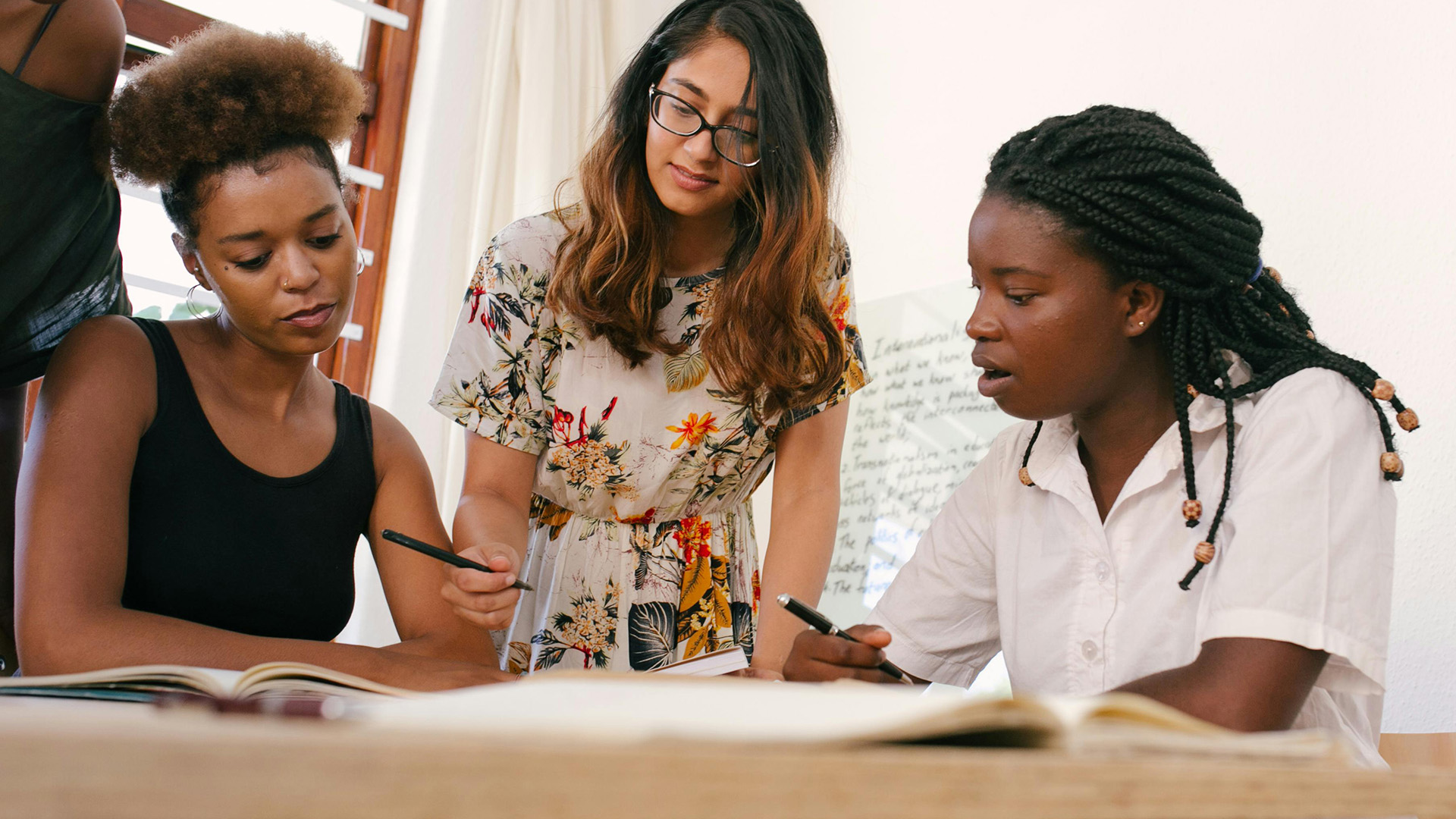Published by
Additional author: Amy Lucier
In today’s fast-paced business environment, maximizing collaboration and engagement in workshops is essential for driving innovation, fostering team cohesion, and ensuring that diverse perspectives are considered in decision-making processes.
And let’s face it, everyone has been to a bad workshop. Poor planning, lack of clear objectives, and insufficient time management are just a few of the things that can take a workshop off of the rails quickly.
This article provides a comprehensive guide to optimizing workshop experiences, covering pre-workshop preparations, strategies for facilitating productive discussions during the workshop, and best practices for post-workshop follow-up and synthesis. By implementing these techniques, organizations can create an environment where ideas flourish, participants feel heard and valued, and tangible outcomes are achieved.
Pre-workshop:
- Who should join: In the pre-workshop phase, it’s crucial to carefully consider who to include in the session. This should not be limited to top-level decision-makers, but also include those individuals on the ground who have a clear view of the real issues at hand.
- Survey the participants: To ensure that all voices are heard, it’s beneficial to conduct a survey prior to the workshop. This will gather thoughts, questions, and comments from all participants, giving even the less vocal individuals an opportunity to contribute their ideas.
- Focus on the data: Requesting available research, data, and analytics is another important step. By summarizing this information and highlighting key points, you can focus attention on themes and tangible insights. This allows data to take precedence over opinions and anecdotes, leading to more objective discussions.
- Do your homework: Finally, it’s advantageous to pre-populate the planned activities with relevant findings from the aforementioned steps. This encourages participants to react and elaborate on existing information, rather than starting from a blank slate. This approach saves time and helps maintain focus during the workshop. It’s important not to shy away from including something that might be wrong or off base, as it could spark a valuable conversation. However, any information included should at least be relevant to the workshop’s objectives.
During workshop:
- Utilize breakout groups: If the size of your audience is large, it’s beneficial to utilize breakout groups. This approach allows more participants to voice their opinions and share their unique perspectives in a more intimate setting.
- Leverage group confidence voting: At the end of each exercise, implement group confidence voting. This method helps gauge the collective confidence in the ideas or solutions generated during the session.
- Do a recap: As the workshop concludes, involve participants in summarizing the day’s accomplishments, key learnings, and next steps. This process aids in group synthesis and fosters mutual understanding among all attendees.
Post-workshop:
- Recap the workshop: There will inevitably be certain elements or issues that don’t surface during the workshop, perhaps due to a key stakeholder’s absence or changes that occur shortly after the session. To address this, it’s beneficial to create a synthesis document that recaps the purpose, framework, and inputs of the workshop, as well as the outputs from each activity. Any outstanding questions or areas that could benefit from additional data should be highlighted in this document. This approach supports ongoing learning and allows for the workshop’s insights to be socialized outside the immediate context of the session.
- Follow up is key: Following up after the workshop is crucial. By maintaining regular communication with stakeholders and demonstrating how the outputs from the workshop can continue to benefit them moving forward, you can keep the momentum going. This follow-up ensures that the value derived from the workshop extends beyond the session itself and continues to drive progress.
Throughout the various stages of a workshop, it is crucial to maintain focus on collaboration and engagement. Pre-workshop preparations should involve selecting a diverse group of participants, gathering input through surveys, and leveraging data to inform the workshop’s activities. During the workshop, breakout groups, confidence voting, and end-of-day takeaways can help ensure all voices are heard and ideas are synthesized effectively. Finally, post-workshop efforts should include a thorough recap of the event, addressing any outstanding questions or areas for further exploration, and maintaining momentum by following up with stakeholders. By embracing these strategies, organizations can unlock the full potential of their workshops, fostering a culture of collaboration and continuous improvement that drives lasting success.
Share:
Categories
tags
Related Posts


The Great Big Budget Cut: Prioritization


